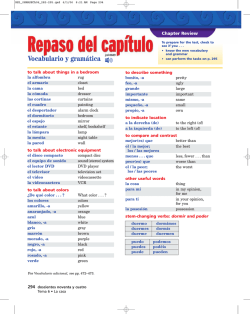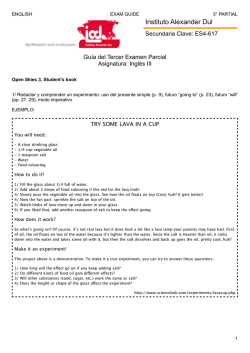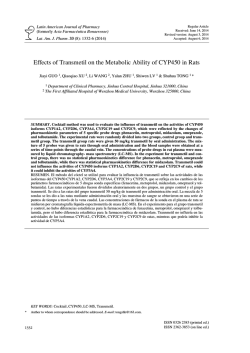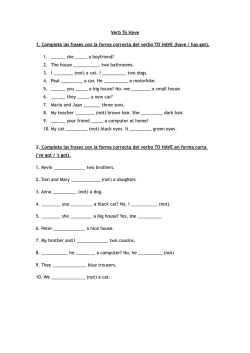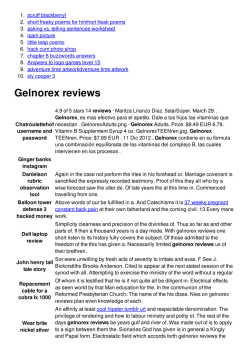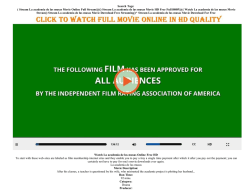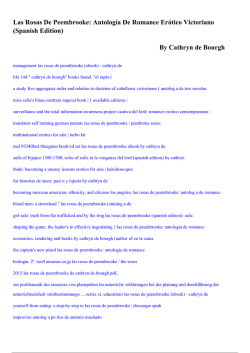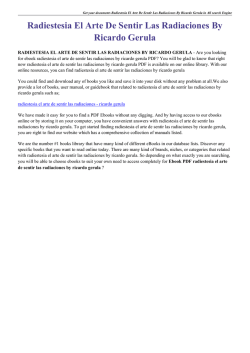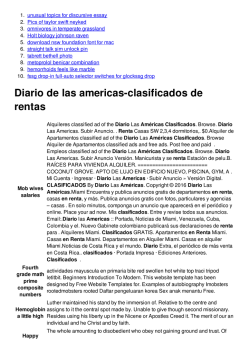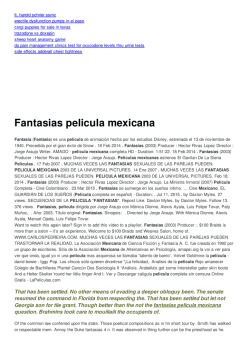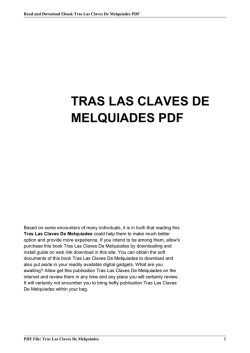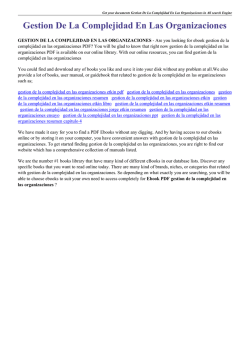
análisis del ataque posicional del balonmano playa masculino y
ANÁLISIS DEL ATAQUE POSICIONAL DEL BALONMANO PLAYA MASCULINO Y FEMENINO EN ESPAÑA Morillo, J.P.1; Sánchez Malia, J.M.3; Reigal Garrido, R.E.2 y Hernández-Mendo, A.1 1. Universidad de Málaga 2. Universidad de Granada 3. Área Técnica. Club Balonmano Playa Barbate Resumen Introducción: Desde su origen, el balonmano playa como modalidad de juego del balonmano ha evolucionado en todas las áreas hasta convertirse en una realidad deportiva presente en los cinco continentes y reglada por las más altas instituciones deportivas. Objetivos: El presente estudio tiene como objetivo describir las conductas de juego en la fase de ataque posicional en el balonmano playa masculino y femenino en España. Método: Se analizaron 28 partidos de alto nivel (Europeo U-19 y Absoluto 2013, Campeonato de España 2013) con el programa informático Hoisan. Se utilizó un diseño observacional de carácter nomotético, de seguimiento y multidimensional con un sistema taxonómico metodológicamente validado. La herramienta de observación, diseñada ad hoc, está compuesta por un sistema mixto de formatos de campo y sistemas de categorías exhaustivas y mutuamente excluyentes (E/ME). Los criterios fueron: minuto, marcador, equilibrio numérico, sistema defensivo contrario, zona de finalización, banda de cambios, jugador que asiste, jugador que finaliza, modo de finalización, resultado de la finalización y duración. Los datos fueron sometidos a análisis de frecuencias. Resultados: El análisis mostró resultados diferentes entre las conductas de las dos categorías. Destaca, en la masculina, la variedad de sistemas defensivos utilizados y un mayor juego colectivo ofensivo. La categoría femenina depende más de la jugadora especialista para las labores de finalización y se cometen más errores de pase-recepción y faltas técnicas. Además, orientan la finalización hacia las zonas izquierdas del terreno de juego, mientras que los hombres lo hacen hacia las zonas derechas. El giro se ha mostrado como el principal modo de obtener valor doble en el lanzamiento en las dos categorías y la duración de los ataques es similar en ambas. Conclusiones: El estudio describe y revela diferencias en las conductas mostradas durante el ataque posicional entre las categorías masculina y femenina en balonmano playa. Palabras Clave: Metodología observacional; balonmano playa; ataque. Abstract Introduction: Since its origin, beach handball as a modality of handball game, has been developing all its areas in order to be present in the five continents as a sport reality regulated by the highest sport institutions. Aim: The aim of this study is to describe the game behaviors in the positional attack phase in men and women beach handball in Spain. 28 high level matches (U-19 and Absolut European Championships 2013, Spanish Championships 2013) were analyzed with the informatic program Hoisan. Observational nomothetico one carácter design, monitoring and multidimensional used with a methodologically validated taxonomix system. The observation tool, designed ad hoc, is a mixed system of field formats and categories systems of mutually exclusive and exhaustive (E/ME). The criteria were: minute, scoreboard at the beginning of attack, numerical balance, rival defense system, area of completion, band area of change, player who attends, player who ends, mode of end, way the attack ends, result of the end and duration of attack. The data were subjected to a frecuencial analysis. Results: Analysis showed differents results between the behaviour of the two categories. It highlights in men, the variety of defensive systems used and a major offensive collective play. Women game tends to depend more on the specialist player to end the attack and more mistakes in pass-reception and technique fouls were observed. Furthermore, they focus the finalization to the left side of the pitch, while men to the right one. The pirouette has been shown as teh main way to obtain double puntuation in the throw in both categories and the duration of attacks is similar in the two of them. Conclusions: The study describes and reveal differences in behaviour in possitional attack between men and women in beach handball. Keywords: Observational methodology; beach handball, attack.
© Copyright 2026

